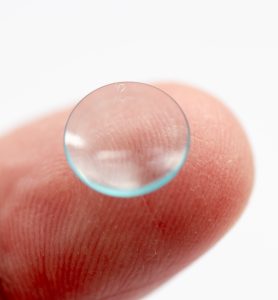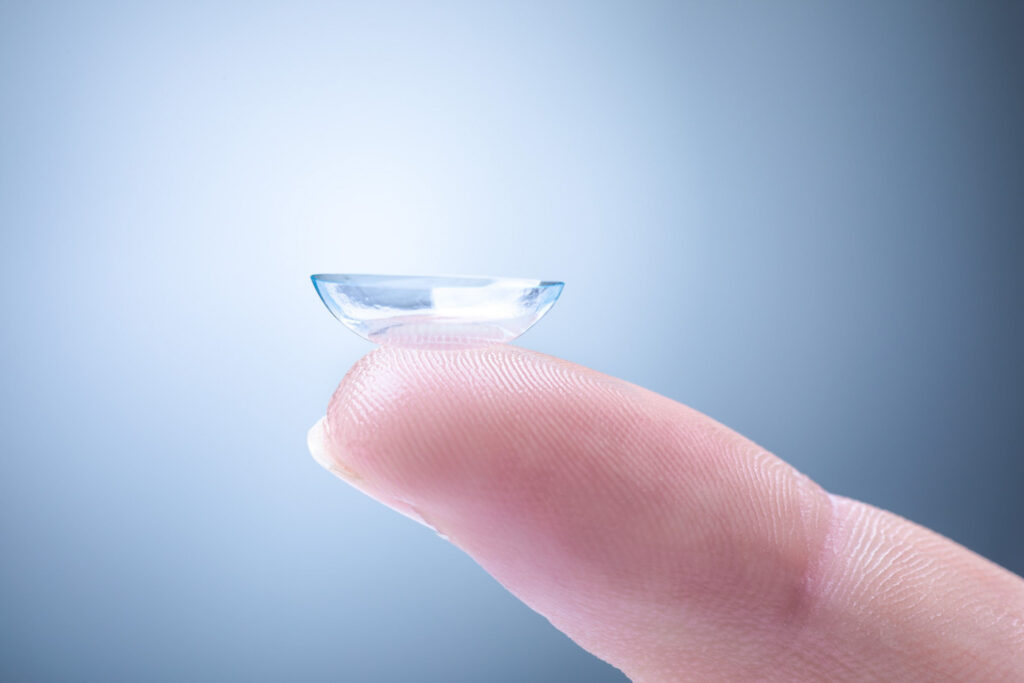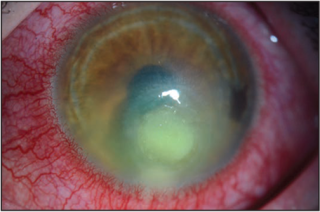A common misconception about contact lenses is that the prescription for contacts is the same as the prescription for your glasses. However, because a contact lens fits on the surface of the eye rather than at the plane of the glasses, the prescription can often differ. It’s also important to check how the contacts fit on the surface of the eyes because a poor fit can lead to discomfort and complications. All of these things are checked and evaluated during the contact lens portion of an exam.
There are also different types of contact lenses, i.e. soft vs hard contact lenses.

Hard Contact Lenses
Hard contact lenses or rigid gas permeable lenses have been around since the 1960s. They are typically smaller in size than soft contact lenses. They have certainly evolved since the 1960s, however, do take longer to adjust to. In certain eye conditions, such as keratoconus, hard contact lenses provide better vision than a soft contact lens could.
Soft Contact Lenses

Soft contact lenses have quite a few different modality options. There are daily, bi-weekly and monthly contact lens options. There are also lenses available for astigmatism and multi-focal options.
Daily contact lenses are by far the healthiest for the eyes. The reason is putting on a fresh lens daily prevents build up of deposits on the lenses and prevents secondary issues from those deposits.
Contact lenses should never be slept in as this quadruples your risk for eye infections and blindness!
